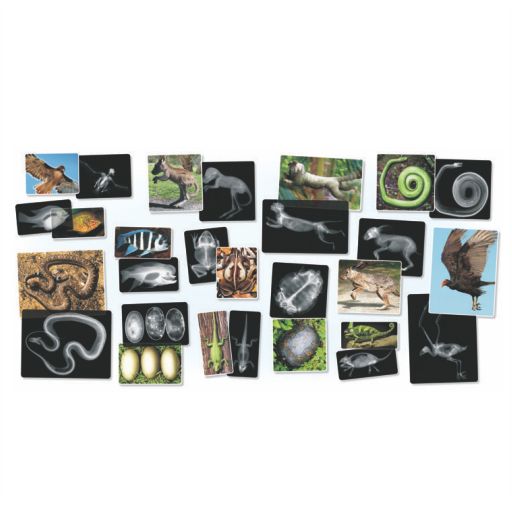Filters
Clear allSubject
- Careers (188) Apply Careers filter
- Climate Change (18) Apply Climate Change filter
- Computing (75) Apply Computing filter
- Creative arts and media (3) Apply Creative arts and media filter
- Cross curricular (72) Apply Cross curricular filter
- Design and technology (221) Apply Design and technology filter
- Engineering (191) Apply Engineering filter
- Food Preparation and Nutrition (4) Apply Food Preparation and Nutrition filter
- Health and safety (2) Apply Health and safety filter
- Leadership (23) Apply Leadership filter
- Mathematics (223) Apply Mathematics filter
- Personal development (21) Apply Personal development filter
- Psychology (20) Apply Psychology filter
- Space (5) Apply Space filter
- STEM Ambassadors (11) Apply STEM Ambassadors filter
- STEM Clubs (6) Apply STEM Clubs filter
Age range
Type
- Activity sheet (57) Apply Activity sheet filter
- Article (20) Apply Article filter
- Assessment (5) Apply Assessment filter
- Audio (46) Apply Audio filter
- Data set (2) Apply Data set filter
- Demonstration (6) Apply Demonstration filter
- Diagram (1) Apply Diagram filter
- Experiment (11) Apply Experiment filter
- Game (2) Apply Game filter
- Group work (9) Apply Group work filter
- Image (9) Apply Image filter
- Information sheet (88) Apply Information sheet filter
- Interactive resource (23) Apply Interactive resource filter
- Lecture (1) Apply Lecture filter
- Open-ended task (2) Apply Open-ended task filter
- Poster (16) Apply Poster filter
- Presentation (24) Apply Presentation filter
- Quiz (3) Apply Quiz filter
- Research (98) Apply Research filter
- Self assessment (1) Apply Self assessment filter
- Teacher guidance (212) Apply Teacher guidance filter
- Textbook (6) Apply Textbook filter
- Video (225) Apply Video filter
- (-) Remove Include Physical Resources filter Include Physical Resources
Showing 1191 results
This podcast from the Natural Environment Research Council's (NERC) Planet Earth Online collection looks at invasive species of plants and animals. Many of them are well-known. Grey squirrels, harlequin ladybirds, buddleia, Japanese knotweed - the list goes on. Some of these aliens, or invasive species to give them...
These activities, from Eurostemcell, introduce students to the science of stem cells and explore four basic themes in stem cell biology: 1. What is a stem cell? – what stem cells can do; types of stem cell 2. Where do embryonic stem cells come from? – the blastocyst; cell culture; IVF 3. Why bother with stem cells...
Alternatives for Science Education was produced and published by the Association for Science Education (ASE) in 1979. Its sub-title, A Consultative Document, indicates its aim and status. In addition to being a document of considerable historical interest, it contains arguments of continued relevance.
The...
In separate documents, this resource provides guidance for teachers to plan for progression of students aged 11-16, based on the National Strategies Framework for Secondary Science Learning Objectives. Each learning objective is given further explanation under the heading ‘Pupils could learn to … ’
...
Published in April 2013 This report from the National Foundation for Educational Research (NFER) presents the findings from an investigation into the views of senior staff with responsibility for determining CPD strategy, within schools and further education colleges.
...This item is one of over 25,000 physical resources available from the Resources Collection. The Archive Collection covers over 50 years of curriculum development in the STEM subjects. The Contemporary Collection includes the latest publications from UK educational publishers.
This activity gives students the opportunity to navigate a map of Mars looking for regions of interest they will receive ‘mission’ data from to analyse. Students will first work in teams on an interactive activity, navigating terrain as either a rover or mission control. The main part of the activity asks students...
These books, from the Association for the Study of Animal Behaviour (ASAB), aimed to encourage the use of more practical work on animal and human behaviour and to enable students to develop an understanding of some basic principles of animal behaviour, relevant to biology and psychology.
Although originally...
This booklet is designed to support teachers working with pupils on the issues surrounding the use of animals in medicines research. Whether used in the context of Citizenship, PSE, Science, English or RE, it aims to provide a useful resource for both teachers and pupils across the UK.
Purpose: Animations require students to make models that explain how a process takes place. Digital technology is used to record a series of frames using the in-built camera, which are then compiled into a video sequence. A narration could be recorded and added to the video using a separate app, but often narration...
Anna works at the University of Leeds. She uses satellite data to look at glaciers at the poles of the Earth. She uses optical and radar data to track ice movement. She explains how she went to Greenland and Antarctica for field trips to obtain more data for her research. Anna explains how we need to study ice...

